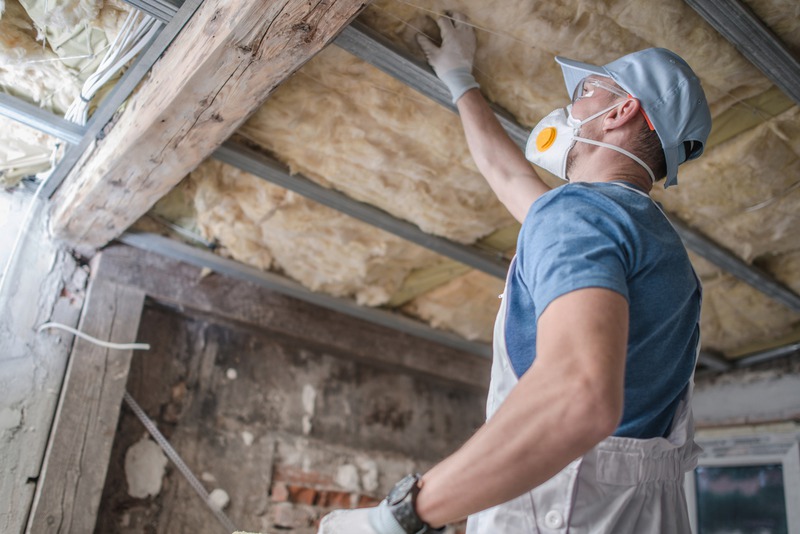A warm knit blanket you have created yourself is one of the most soothing things you can do when it’s cold outside during the colder winter months. Blankets are lovely gifts for various occasions, whether for the holidays, birthdays, or just because you enjoy them.
Blanket Knitting Guide
When the temperatures drop, everyone needs something nice and comfortable to snuggle up in at night to keep warm and comfortable. Here are some pointers on how to crochet a blanket.
Fiber and Care
You want to wash your blanket in the washing machine. The use of synthetic yarn or a superwash yarn (a natural fiber that has been treated to enable washing without shrinking) will be necessary for this situation. If you don’t mind washing the cloth by hand, you may use any fabric. Are you looking for yarns with fascinating colors? Click here.
Instead of cotton, it is preferable to use woolen-spun or lofty yarns to create warmer blankets. Since the fibers are more effective in trapping air, a warmer blanket will arise due to this. A wool spinning process includes many steps such as cleaning, carding, and spinning. The carder machine is essential in manufacturing because it opens the fibers and mixes them into a soft sheet that resembles a wooly web.
In addition, due to the unique spinning technique used, worsted-spun yarn is guaranteed to last longer, pill less often, and be heavier than other types of yarn. Although these yarns may not be as warm as those made of wool, they may endure for a longer time. Not that a blanket made of worsted yarn isn’t warm enough; it’s only that a blanket made of woolen-spun yarn retains more heat than a blanket made of worsted yarn. You may want to check the dynamic nerd yarn dyeing duo.
Ergonomics in Blanket-Making
The kind of yarn you choose may also have an impact on how your hands feel when knitting. The yarn from self-styled freelance dyer can make unique blankets. It would be necessary to spend more effort to choose a needle that is appropriate for the slipperiness of the yarn; for example, a needle with more grip would be required.
When knitting a blanket, it is suggested that you use a circular needle or incorporate the blanket in parts and then sew the sections together. The blanket should be supported on the knitter’s lap to keep it from falling. When knitting with single point needles, the object’s weight is put behind the knitter’s hands, making it difficult for the forearm muscles to maintain the item’s importance while being worked on.
Conclusion
Blankets are exciting projects to work on because they provide the knitter with the opportunity to emphasize either warmth or durability as the primary concern of the blanket. The following characteristics must be considered while knitting or crocheting: heat, durability, and the ability to be cleaned in a washing machine.



